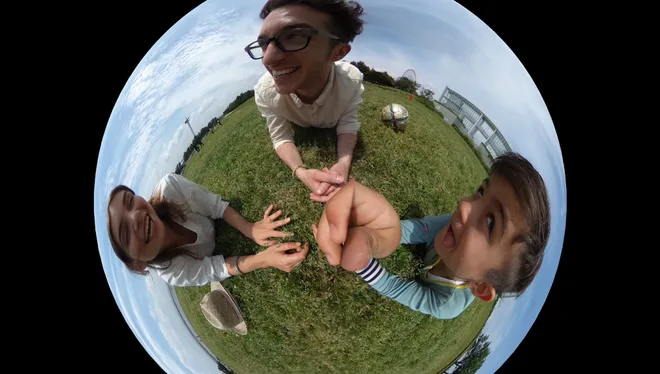360-Degree Video: Enhancing User Experience
360-degree video technology has revolutionized the way users engage with digital content by providing immersive and interactive experiences that transcend traditional media formats. In this article, we explore the capabilities, applications, benefits, and future trends of 360-degree video, highlighting its role in enhancing user experience across various industries.

Understanding 360-Degree Video Technology
360-degree videos allow viewers to explore scenes from all angles, creating a virtual reality-like experience without requiring specialized VR equipment. By using omnidirectional cameras or multiple cameras arranged in a spherical array, content creators capture a panoramic view of the environment, enabling viewers to pan, tilt, and zoom within the video frame.
Applications of 360-Degree Video
360-degree video technology finds applications across diverse fields:
- Virtual Tours and Real Estate: Real estate agents utilize 360-degree videos to showcase properties, offering virtual tours that allow potential buyers to explore interiors and exteriors from anywhere in the world.
- Travel and Tourism: Travel agencies and destinations use 360-degree videos to promote attractions, hotels, and scenic locations, giving viewers a preview of the destination’s ambiance and highlights.
- Education and Training: Educational institutions and corporate trainers leverage 360-degree videos for immersive learning experiences, simulating scenarios such as virtual field trips, historical reenactments, or interactive training simulations.
- Live Events and Concerts: 360-degree live streaming enhances audience engagement by allowing remote viewers to experience concerts, sports events, and conferences as if they were physically present, choosing their viewing perspective.
Benefits of 360-Degree Video
The adoption of 360-degree video technology offers several advantages:
- Enhanced Immersion: Viewers feel immersed in the environment, fostering a sense of presence and realism that traditional videos cannot achieve.
- Interactive Engagement: Users can control their viewing experience by navigating through the video, exploring areas of interest, and focusing on details that capture their attention.
- Increased Viewer Engagement: 360-degree videos typically attract higher viewer engagement and longer viewing times compared to traditional video formats, as users are more likely to interact with content that offers a dynamic and personalized experience.
- Innovative Storytelling: Content creators can experiment with innovative storytelling techniques, guiding viewers through narratives that unfold in 360 degrees, enhancing emotional impact and narrative depth.
Future Trends in 360-Degree Video
Looking ahead, advancements in 360-degree video technology are poised to further transform user experiences:
- Higher Resolution and Quality: Continued improvements in camera technology and streaming capabilities will enhance video quality, delivering sharper images and smoother playback.
- Integration with Virtual Reality (VR): Integration of 360-degree videos with VR headsets will provide fully immersive VR experiences, blurring the lines between virtual and reality.
- Interactive Elements: Future developments may include interactive elements within videos, such as clickable hotspots for additional information, gamification features, or real-time interaction with objects and characters.
- Augmented Reality (AR) Integration: Combining 360-degree video with AR overlays will enable mixed reality experiences, where digital elements are seamlessly integrated into real-world environments.
Accessibility and Distribution
360-degree videos are accessible through popular platforms like YouTube, Facebook, and dedicated VR content distribution channels. They are compatible with desktop computers, smartphones, and VR headsets, ensuring broad accessibility across devices.
Conclusion
360-degree video technology continues to redefine user experiences by offering immersive, interactive, and engaging content across various sectors. From virtual tours and educational simulations to live events and innovative storytelling, the applications of 360-degree videos are diverse and impactful. As technology evolves and adoption grows, the future of 360-degree video promises even more immersive experiences, personalized interactions, and integration with emerging technologies like VR and AR. Content creators and businesses embracing this technology stand to enhance user engagement, foster deeper connections with audiences, and lead the way in shaping the future of digital media consumption.